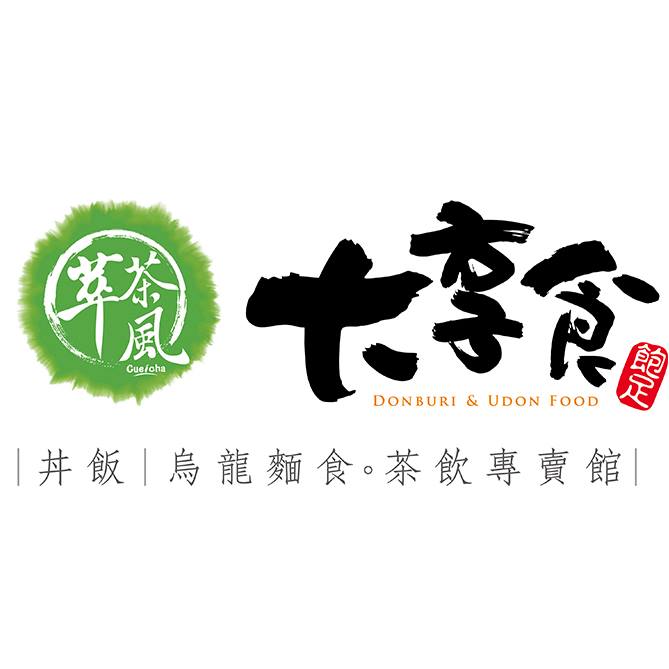搜尋結果
Description. A paper straw for bubble tea compared with a more typical plastic straw. Bubble teas fall under two categories: teas without milk and milk teas. Both varieties come with a choice of black, green, or oolong tea as the base. [1] .
Kombucha (also tea mushroom, tea fungus, or Manchurian mushroom when referring to the culture; Latin name Medusomyces gisevii) [1] is a fermented, lightly effervescent, sweetened black tea drink. Sometimes the beverage is called kombucha tea to distinguish it from the culture of bacteria and yeast. [2] .
The Boston Tea Party was an American political and mercantile protest on December 16, 1773, by the Sons of Liberty in Boston in colonial Massachusetts. [2] .
Stroke order animation. Radical 140 or radical grass ( 艸部) meaning "grass" is one of 29 of the 214 Kangxi radicals that are composed of 6 strokes. It transforms into 艹 when appearing at the top of a character or component.
Website. charliechaplin .com. Signature. Sir Charles Spencer Chaplin KBE (16 April 1889 – 25 December 1977) was an English comic actor, filmmaker, and composer who rose to fame in the era of silent film. He became a worldwide icon through his screen persona, the Tramp, and is considered one of the film industry's most important figures.
Bibliography. External links. Art Deco, short for the French Arts décoratifs ( lit. 'Decorative Arts' ), [1] is a style of visual arts, architecture, and product design, that first appeared in Paris in the 1910s (just before World War I ), [2] and flourished in the United States and Europe during the 1920s to early 1930s.
Haiku ( 俳句, listen ⓘ) is a type of short form poetry that originated in Japan. Traditional Japanese haiku consist of three phrases composed of 17 phonetic units (called on in Japanese, which are similar to syllables) in a 5, 7, 5 pattern; [1] that include a kireji, or "cutting word"; [2] and a kigo, or seasonal reference.





















